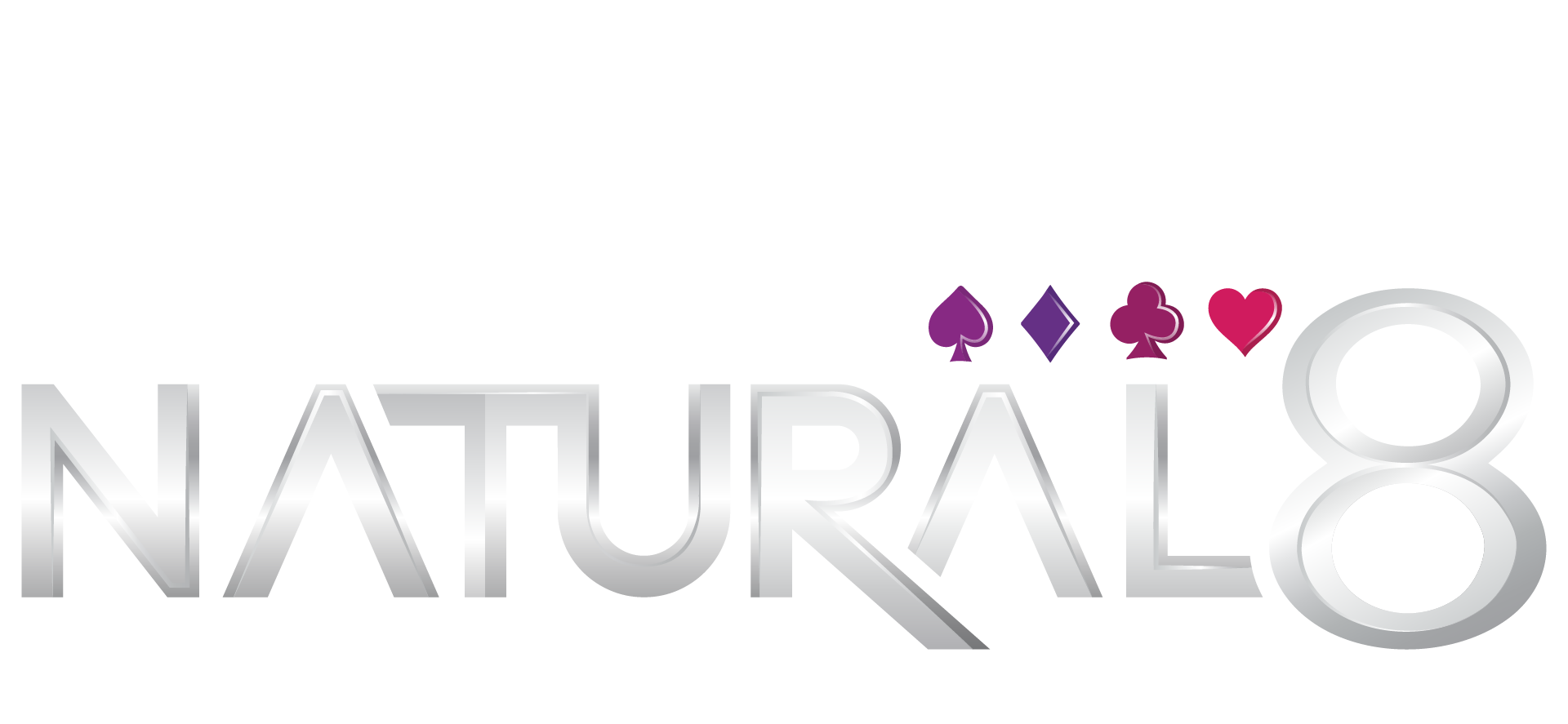Omaha Hi/Lo Poker – Six Card
Omaha Hi/Lo Poker – Six Card
Each player in an Omaha Hi/Lo game is dealt six private cards (‘hole cards’) that belong only to that player. Five community cards are dealt face-up on the ‘board’. All players use exactly two cards from their six hole cards in conjunction with exactly three cards from the board to make the best five-card poker hand possible. The pot is divided between the best hand for high and the best hand for low - hence the name, Omaha Hi/Lo. You may use different combinations of two cards from your hand to make your high hand and your low hand, but in each hand you must use precisely two from your hand and three from the board - no more, no less.
Omaha Hi/Lo is played with an ‘8-or-better’ qualifier, which means that a low hand must consist of five different cards - ranked eight or below - to be eligible to win the low portion of the pot. Low hands in Omaha Hi/Lo are determined in exactly the same way they're determined in 7 Card Stud Hi/Lo. If there is no qualifying low hand, the high hand wins the entire pot.
Omaha Hi/Lo uses the ‘Ace to Five’ or ‘California’ system for ranking low hands. Straights and flushes do not count against a hand, and Aces are always low in reading the low hand, so the best possible hand is a "wheel": 5, 4, 3, 2, A. To help understand the ranks of low hands, the following sample qualifying low hands (not a complete list) are ranked from least powerful (#1, will rarely win the low half of the pot) to most powerful (#10, the nuts):
1. 8 7 6 5 4
2. 8 7 6 5 3
3. 8 6 4 2 A
4. 8 4 3 2 A
5. 7 6 5 4 2
6. 7 6 5 2 A
7. 7 5 4 3 2
8. 6 5 4 3 2
9. 6 4 3 2 A
10. 5 4 3 2 A
Note that a low hand is always ranked from its highest card downwards. So for example, hand #9 is known as a ‘Six-low’ because its highest card is a Six. Hand #5 is a ‘Seven-low’, and Hand #1 is an ‘Eight-low’. In poker slang, you distinguish between close low hands by going further down the ranks, so hand #9 would be called a ‘Six-Four low’, which beats hand #8, a ‘Six-Five low’.
Also remember that straights and flushes do not count against your low hand, so making a qualifying low that is also a straight or a flush is a very powerful hand, that could win both the high and low halves of the pot. That’s called a ‘scoop’.
Variation – Six Card
Changes
In Omaha Hi/Lo Poker variation Six Card, all players receive six individual, private hole cards. They must still only use exactly two of those six cards to make their hand and may use different combinations for the high and the low. All other rules for Omaha Poker remain unchanged.
How to Play Omaha Poker – Six Card
Player Betting Options
In Omaha, as with other forms of poker, the available actions are ‘fold’, ‘check’, ‘bet’, ‘call’ or ‘raise’. Exactly which options are available depends on the action taken by the previous players. Each poker player always has the option to fold, to discard their cards and give up any interest in the pot. If nobody has yet made a bet, then a player may either check (decline to bet, but keep their cards) or bet. If a player has bet, then subsequent players can fold, call or raise. To call is to match the amount the previous player has bet. To raise is to not only match the previous bet, but to also increase it. Bets and raises in Limit games are in pre-determined amounts.
The Blinds
In Omaha, a marker called ‘the button’ or ‘the dealer button’ indicates which player is the nominal dealer for the current game. Before the game begins, the player immediately clockwise from the button posts the "small blind", the first forced bet. The player immediately clockwise from the small blind posts the "big blind", which is typically twice the size of the small blind, but the blinds can vary depending on the stakes and betting structure being played.
In Limit games, the big blind is the same as the small bet, and the small blind is typically half the size of the big blind but may be larger depending on the stakes. For example, in a $2/$4 Limit game the small blind is $1 and the big blind is $2.
In Pot Limit and No Limit games, the games are referred to by the size of their blinds For example, a $1/$2 Omaha game has a small blind of $1 and a big blind of $2.
Depending on the exact structure of the game, each player, or an individual player, may also be required to post an ‘ante’ (another type of forced bet, posted before cards are dealt) into the pot.
Now, each player receives his or her six hole cards. Betting action proceeds clockwise around the table, starting with the player ‘under the gun’ (immediately clockwise from the big blind).
Pre-Flop
After seeing his or her hole cards, each player now has the option to play his or her hand by calling or raising the big blind. The action begins to the left of the big blind, which is considered a ‘live’ bet on this round. That player has the option to fold, call or raise. For example, if the big blind was $2, it would cost $2 to call, or at least $4 to raise. Action then proceeds clockwise around the table. Betting continues on each betting round until all active players (who have not folded) have placed equal bets in the pot.
The Flop
Now, three cards are dealt face-up on the board. This is known as ‘the flop’. In Omaha, the three cards on the flop are community cards, available to all players still in the hand. Betting on the flop begins with the active player immediately clockwise from the button. The betting options are similar to pre-flop, however if nobody has previously bet, players may opt to check, passing the action to the next active player clockwise. In Fixed Limit Omaha, all bets and raises occur in increments of the small bet (for example, $2 in a $2/$4 game). Betting continues until all active players (who have not folded) have placed equal bets in the pot (this includes all active players checking).
The Turn
When betting action is completed for the flop round, the ‘turn’ is dealt face-up on the board. The turn is the fourth community card in an Omaha game. Play begins with the active player immediately clockwise from the button. Another round of betting ensues. In Fixed Limit Omaha, bets and raises on the turn are in increments of the big bet (for example, $4 in a $2/$4 game). Betting continues until all active players (who have not folded) have placed equal bets in the pot (this includes all active players checking).
The River
When betting action is completed for the turn round, the ‘river’ is dealt face-up on the board. The river is the fifth and final community card in Omaha poker. Betting again begins with the active player immediately clockwise from the button, and the same betting rules apply as they do for the flop and turn, as explained above.
The Showdown - Determining the Hi and Lo Winners
If there is more than one remaining player when the final betting round is complete the last bettor or raiser shows his or her cards first. If there was no bet on the final round, the player whose exposed cards have the highest poker value shows his or her cards first. Further hands involved in the Showdown are exposed clockwise around the table. Remember: in Omaha, players must use two and only two of their six hole cards in combination with exactly three of the cards from the board and players may use different cards in their six-card hand to make the high and the low.
The player with the best five-card hand for the high (‘Hi’) wins half the pot, and the player with the best five-card hand for low (’Lo’) wins the other half of the pot. In the event that no hand qualifies for low, the best hand for high wins the entire pot.
Remember that in Omaha Hi/Lo, there is an ‘eight or better’ requirement to win the low, so a player must have an unpaired five-card hand that consists of all cards less than or equal to an 8. If no player can meet this requirement, no low qualifies.
In the event of two or more players having the same high or low hands, the pot halves will be split accordingly. In the event of an odd chip during the split, it is awarded to the hand that wins the “high” portion of the pot. In the event of an odd chip during the split of either the “high” or the “low” side, it is awarded to the first active player immediately clockwise from the button.
After the pot is awarded, a new game of Omaha Hi/Lo poker is ready to be played.
Limit, No Limit, Pot Limit Omaha – Six Card
Omaha rules remain the same for Fixed Limit, No Limit and Pot Limit poker games, with a few exceptions:
• Fixed Limit Omaha
Betting in Fixed Limit Omaha is in pre-determined, structured amounts. Pre-flop and on the flop, all bets and raises are of the same amount as the big blind. On the turn and the river, the size of all bets and raises doubles. In Limit Omaha, up to four bets are allowed per player during each betting round. This includes a (1) bet, (2) raise, (3) re-raise, and (4) cap (final raise).
• No Limit Omaha
The minimum bet in No Limit Omaha is the same as the size of the big blind, but players can always bet as much as they want, up to all of their chips.
Minimum raise: In No Limit Omaha, the raise amount must be at least as much as the previous bet or raise in the same round. As an example, if the first player to act bets $5 then the second player must raise a minimum of $5 (total bet of $10).
Maximum raise: The size of your stack (your chips on the table).
In No Limit Omaha, there is no ‘cap’ on the number of raises allowed.
• Pot Limit Omaha
The minimum bet in Pot Limit Omaha is the same as the size of the big blind, but players can always bet up to the size of the pot.
Minimum raise: The raise amount must be at least as much as the previous bet or raise in the same round. As an example, if the first player to act bets $5 then the second player must raise a minimum of $5 (total bet of $10).
Maximum raise: The size of the pot, which is defined as the total of the active pot, plus all bets on the table, plus the amount the active player must first call before raising.
Example: If the size of the pot is $100, and there is no previous action on a particular betting round, a player may bet a maximum of $100. After that bet, the action moves to the next player clockwise. That player can either fold, call $100, or raise any amount between the minimum ($100 more) and the maximum. The maximum bet in this case is $400 - the raiser would first call $100, bringing the pot size to $300, and then raise $300 more, making a total bet of $400.
In Pot Limit Omaha, there is no ‘cap’ on the number of raises allowed.


